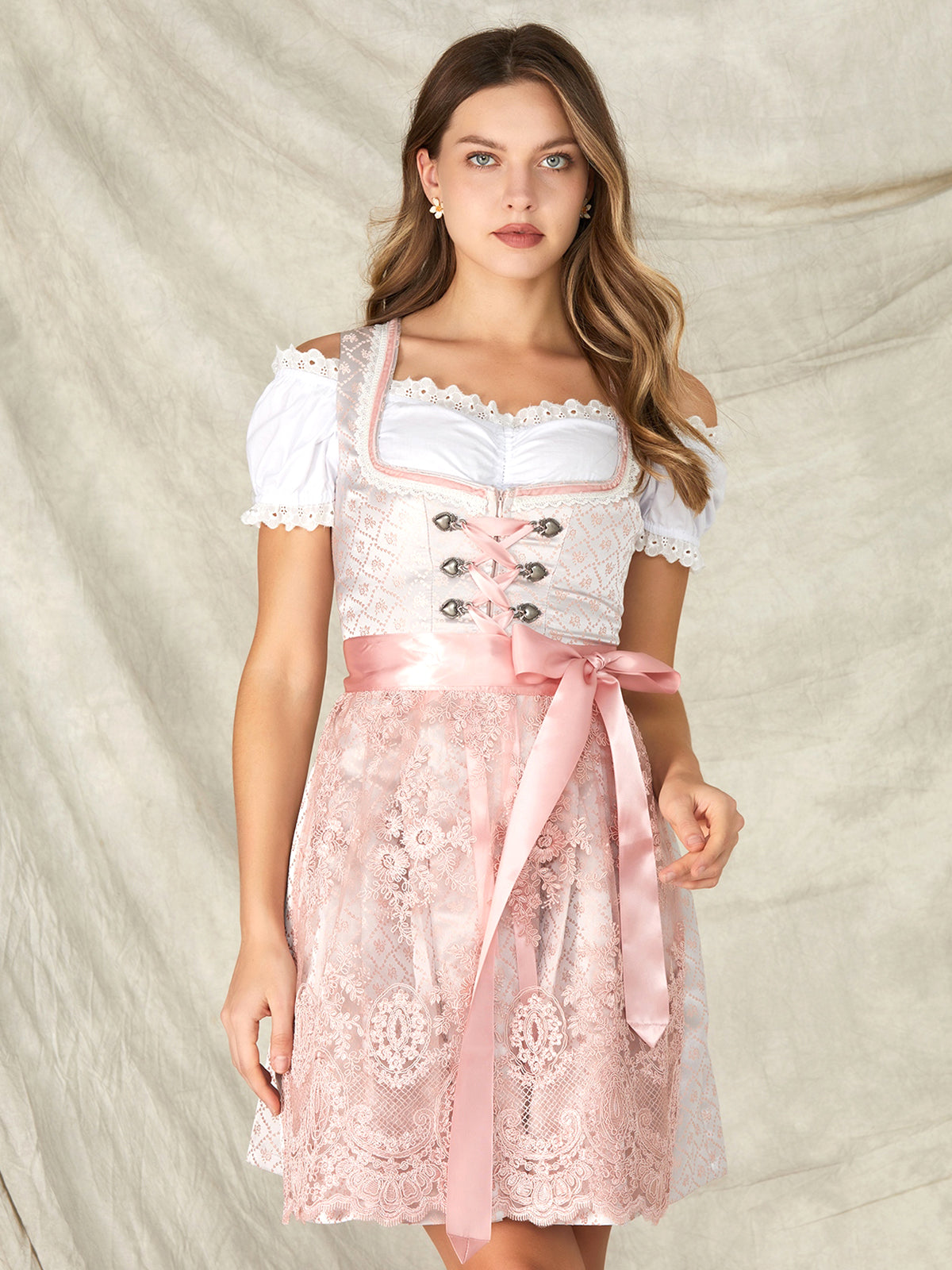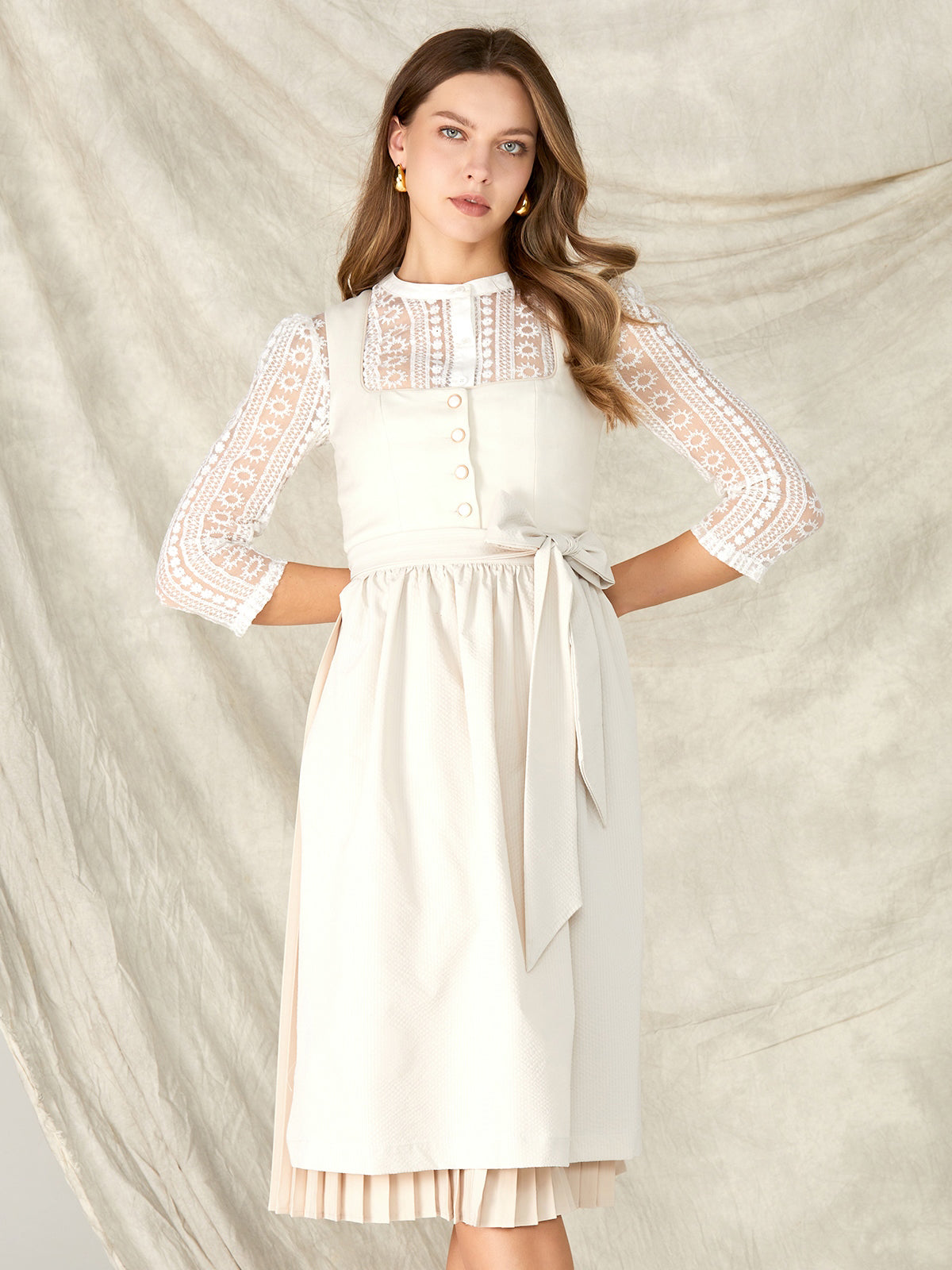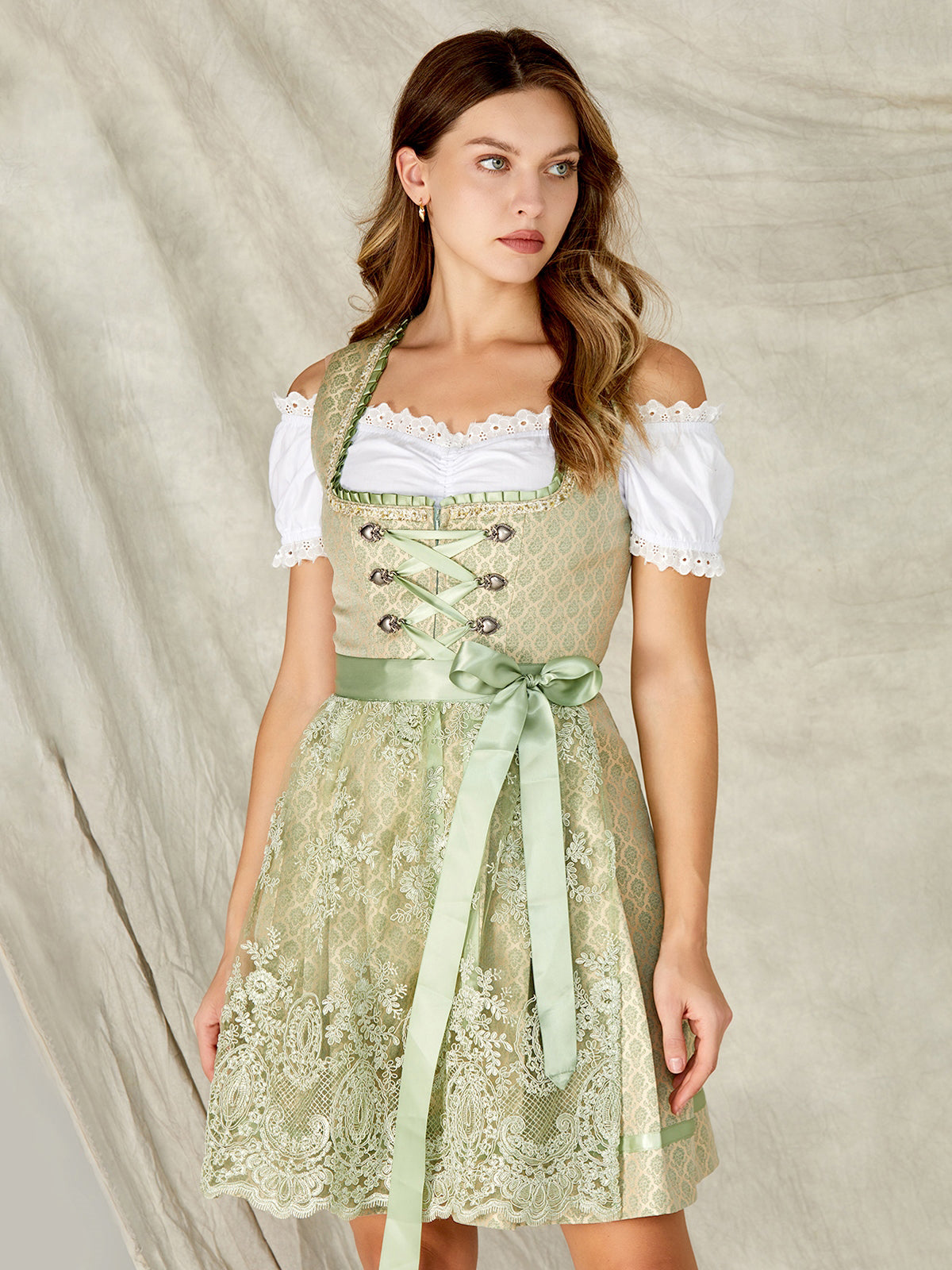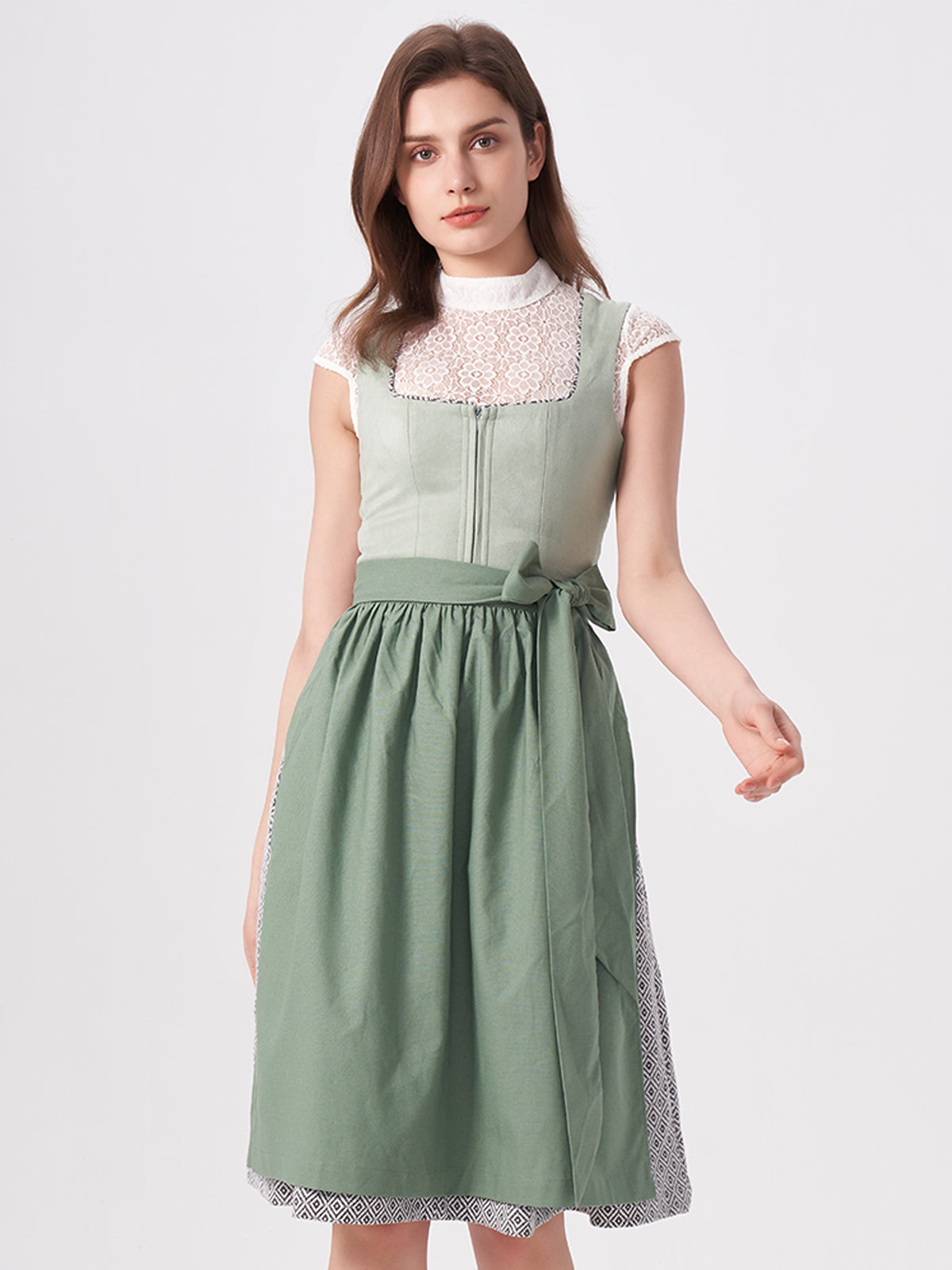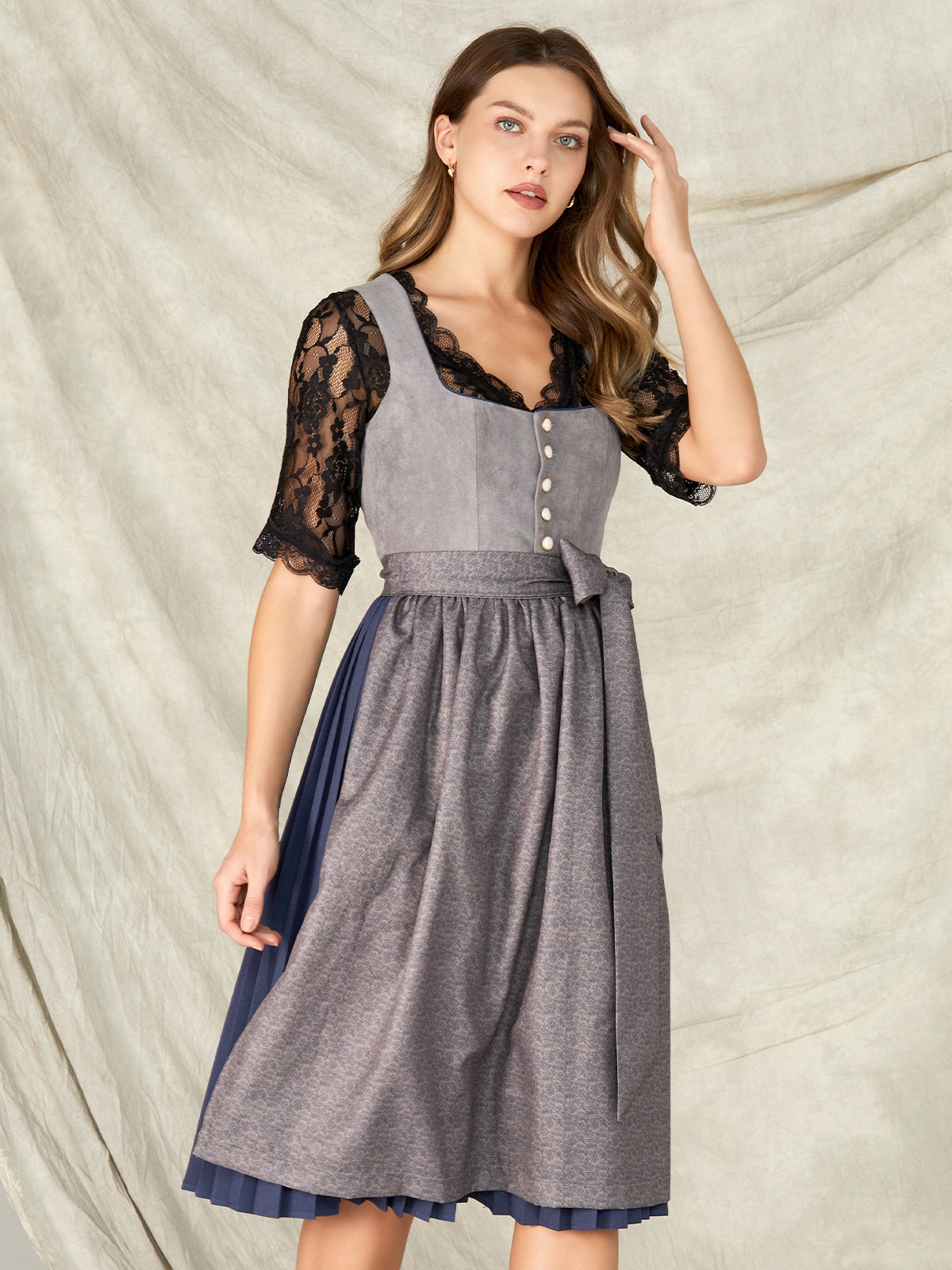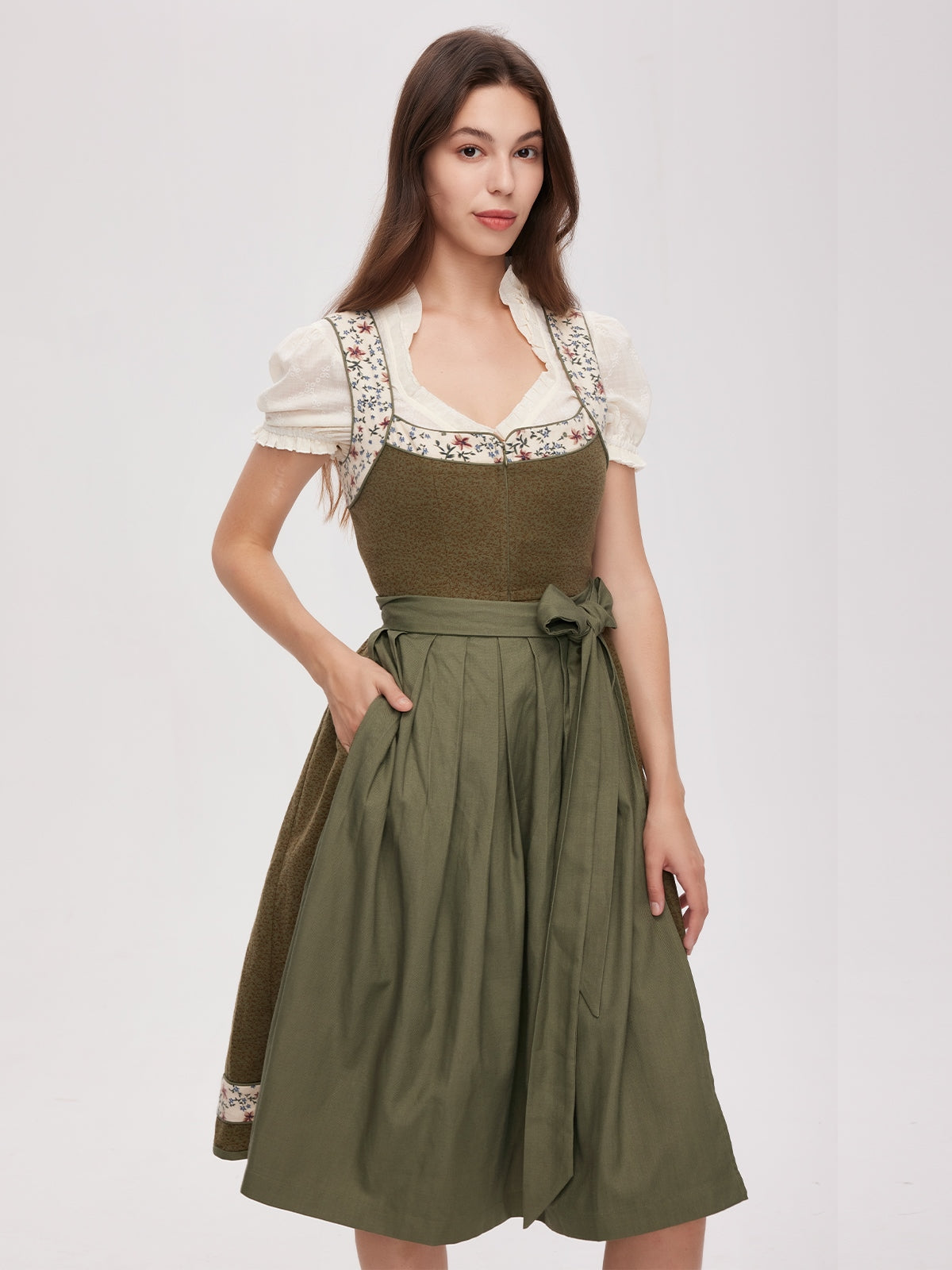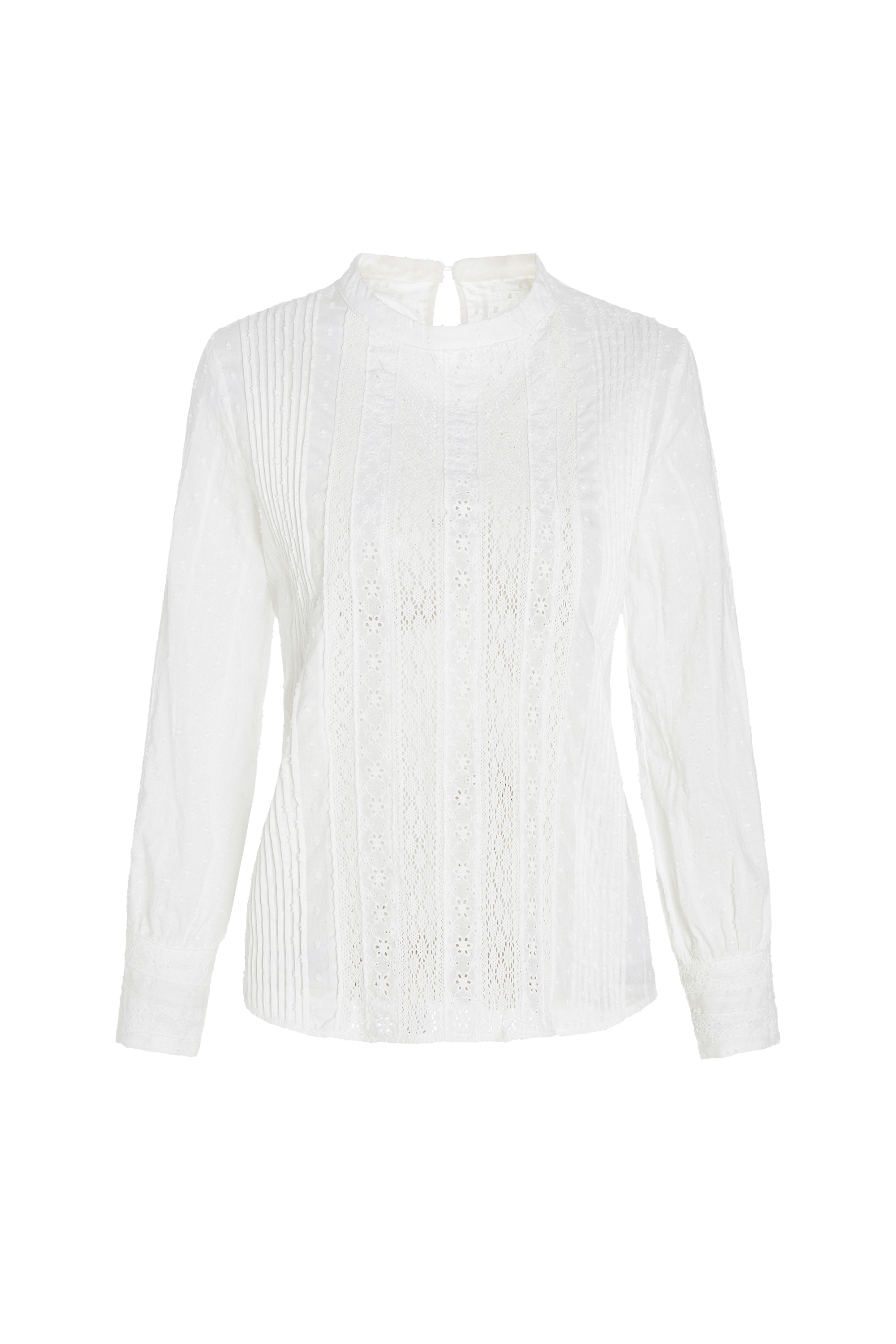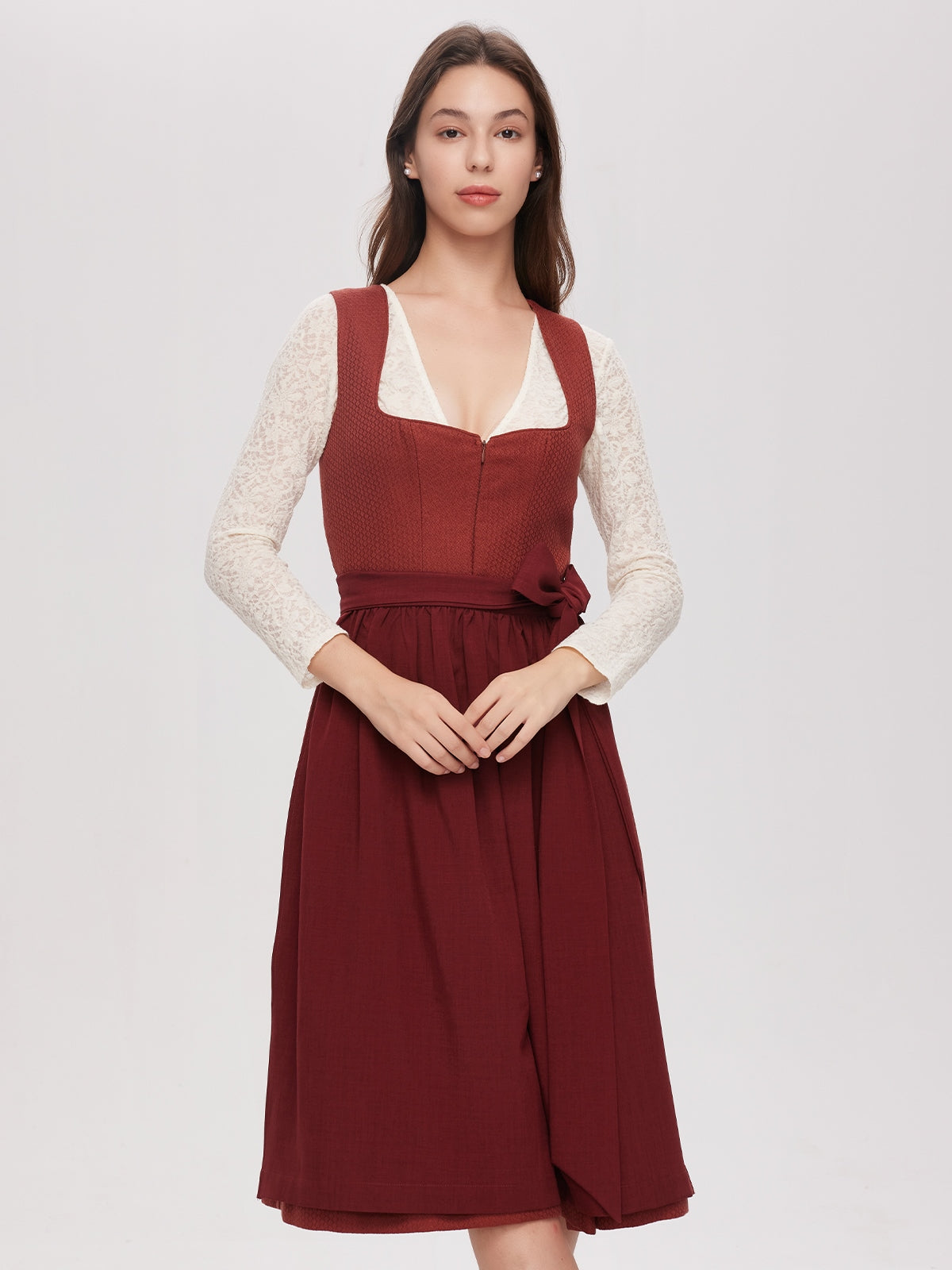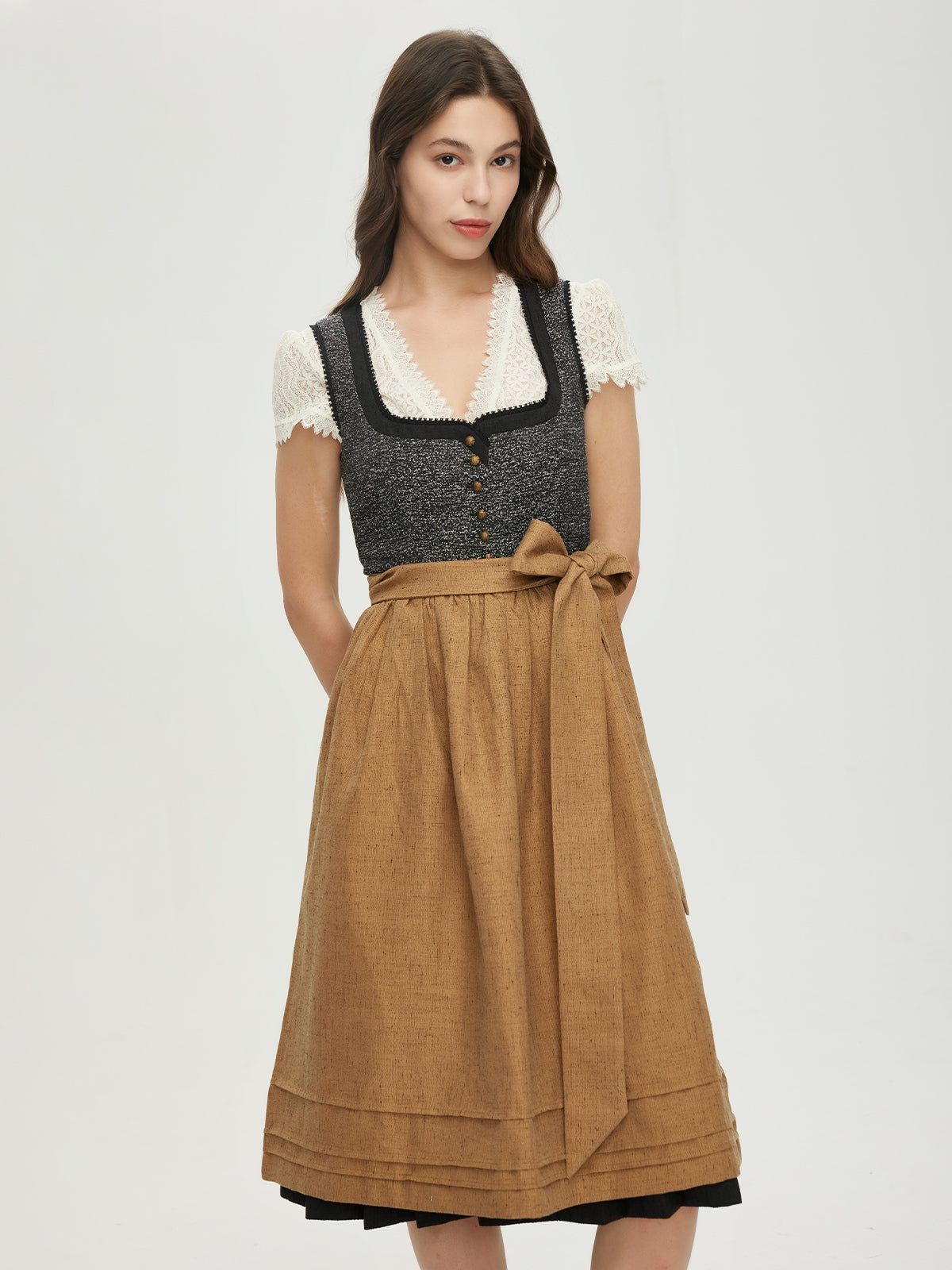Cart
0
The story behind the Dirndl
The dirndl has a long history, dating back to the 19th century. Originally, it was a work dress for peasant women in Bavaria and Austria. Over time, however, the dirndl has evolved into a symbol of Bavarian identity. The traditional style consists of a tight-fitting bodice, a skirt, and an apron. The colors and patterns vary depending on the region and occasion.
The rise of the green dirndl
In recent years, the green dirndl has gained particular popularity. The forest green and olive green shades symbolize the connection to nature and give the outfit a natural and vibrant look. These green tones are ideal for various occasions, from Oktoberfest to weddings and other celebrations.
The Dirndl in modern everyday life
One of the most interesting trends in traditional costume is the integration of the dirndl into modern everyday life. Many young women are finding creative ways to incorporate the dirndl into their everyday look. Some wear the dirndl with a casual top and sneakers, while others combine it with modern accessories to create a more casual look.
The sensory experiences of wearing a dirndl
Wearing a dirndl is not just a fashion choice, but also an emotional experience. The textiles used to make dirndls are often high-quality and comfortable to wear. The color combinations, especially the green variations, create a feeling of freshness and vitality. Wearing a dirndl at the Oktoberfest or another celebration not only makes you feel fashionable but also connected to the tradition and culture.
The revolution of dirndl fashion by modern designers
Suddenly, a turning point in the history of dirndl fashion occurred. Modern designers began to experiment with the traditional dirndl and adapt it to contemporary trends. They used innovative materials, unconventional patterns, and novel tailoring to interpret the dirndl in a completely new way. Some designers even created high-fashion versions of the dirndl that were shown on international catwalks.
Tips for fit and combination
If you choose a green dirndl, it's important to find the right fit. A well-fitting dirndl should sit close to the torso, yet still be comfortable to wear. When combining it with other garments and accessories, pay attention to color cohesion. An olive green dirndl, for example, can be perfectly combined with brown or gold accessories to complete the look.
The future of traditional costumes
The future of traditional costumes looks promising. With the increasing popularity of the dirndl in the modern fashion world, there are endless opportunities for innovation and creativity. Young designers continue to push the boundaries of traditional design while at the same time respecting the cultural heritage of the dirndl.

